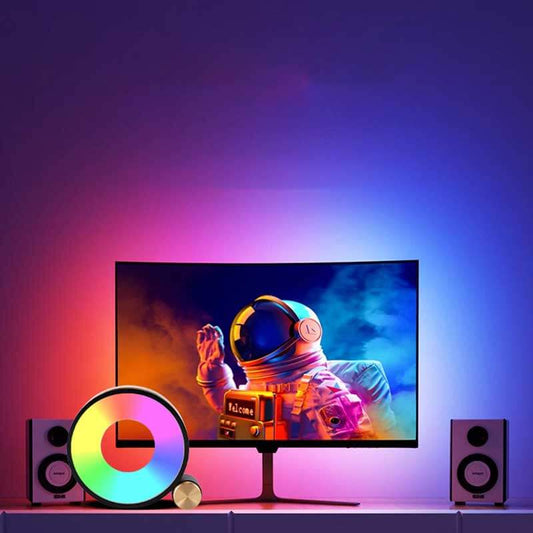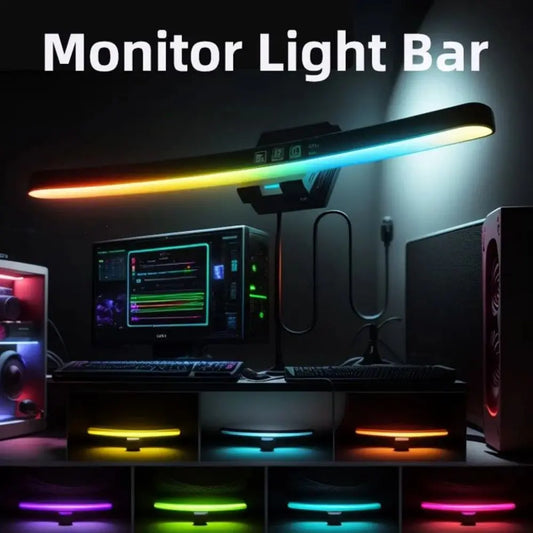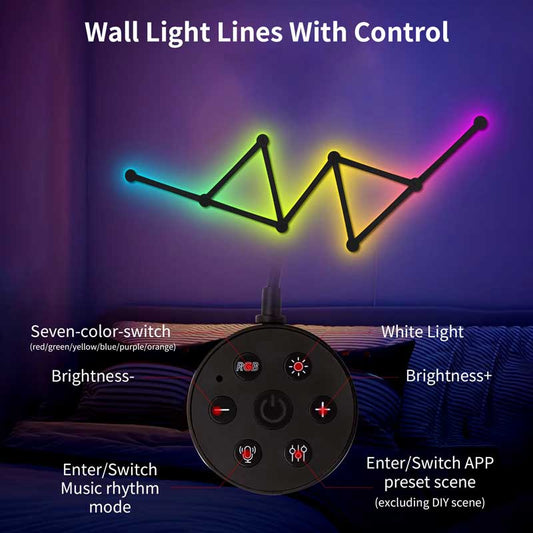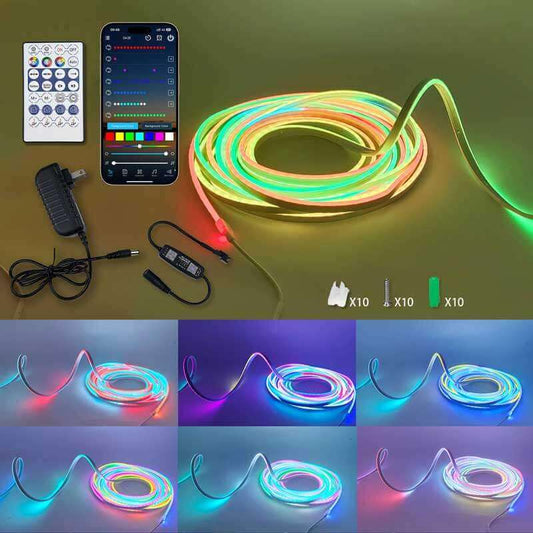One of the First and Most Popular Handheld Gaming Devices: A Look at the History of Handheld Consoles
Share
One of the First and Most Popular Handheld Gaming Devices: A Look at the History of Handheld Consoles
Handheld gaming devices have been a huge part of the gaming world for decades, offering portability and convenience for players who want to enjoy their favorite games on the go. Among the earliest and most iconic handheld consoles was the Nintendo Game Boy.
The Birth of Handheld Gaming: The Nintendo Game Boy
Release Date: April 21, 1989
Developer: Nintendo
Best-Selling Game: Tetris
Units Sold: Over 118 million units worldwide.
The Nintendo Game Boy was one of the first successful handheld gaming consoles that combined portability, playability, and solid game library support. Before its launch, portable gaming systems existed, but none achieved the same level of success or widespread appeal. The Game Boy’s compact design, long battery life, and the introduction of iconic games like Tetris made it a huge hit among gamers of all ages.
Key Features of the Game Boy:
- Screen: The Game Boy featured a small monochromatic screen (four shades of gray), which was a major limitation compared to today's vibrant displays.
- Game Library: Some of the best-loved titles, including Pokémon Red and Blue, Super Mario Land, and The Legend of Zelda: Link's Awakening.
- Portability: The Game Boy was easy to carry around and allowed players to enjoy games wherever they went.
- Battery Life: It had a remarkably long battery life, making it perfect for on-the-go gaming.
The Game Boy became one of the most successful gaming devices ever, laying the foundation for the portable gaming industry. Nintendo would later build on the success of the Game Boy with the Game Boy Color, the Game Boy Advance, and eventually the Nintendo Switch.
You can explore the Game Boy and its game library in more detail through various sources:
Handheld Consoles Leading Up to the Modern Era
1980s: The Early Days
Before the Game Boy, handheld gaming was dominated by devices like the Mattel Electronics handheld games, including Auto Race (1977) and Football (1978). These early devices were quite simple, featuring LCD screens and basic gameplay that appealed to a niche market. However, it wasn’t until the Game Boy's release in 1989 that handheld gaming became a global sensation.
1990s: The Rise of the Game Boy
As the Game Boy established itself as the top portable gaming console, Nintendo’s dominance continued through the Game Boy Color (released in 1998) and Game Boy Advance (released in 2001). These models brought color screens and better hardware, further cementing Nintendo's position in handheld gaming.
- Game Boy Color: Launched with games like The Legend of Zelda: Oracle of Ages and Pokémon Gold/Silver.
- Game Boy Advance: A more powerful handheld, introducing beloved titles like Pokémon Ruby/Sapphire and Metroid Fusion.
2000s: New Competitors and Advancements
In the early 2000s, the Nintendo DS (2004) and PlayStation Portable (PSP) (2004) expanded the handheld gaming market even further. The PSP, in particular, offered high-quality graphics comparable to home consoles, while the DS introduced dual screens and a touch interface. Both consoles achieved massive success and added unique features to the world of portable gaming.
The Evolution of Handheld Consoles: The Modern Era
Fast forward to the present, handheld gaming has evolved with the advent of new devices and features, some of which blur the lines between home consoles and portable systems.
Nintendo Switch
Released in 2017, the Nintendo Switch is a revolutionary hybrid handheld/home console that allows players to play games on a TV or use it as a handheld device. With games like The Legend of Zelda: Breath of the Wild, Super Mario Odyssey, and Animal Crossing: New Horizons, it has become one of the best-selling consoles in history.
PlayStation Vita
While the PlayStation Vita (2011) was not as commercially successful as the Switch or Game Boy, it garnered a dedicated fanbase due to its powerful hardware and impressive game library, including titles like Persona 4 Golden and Uncharted: Golden Abyss.
Modern Devices:
- GPD Win: A PC gaming handheld.
- Steam Deck: Valve’s entry into the handheld gaming market, allowing players to play their PC game library on a portable console.
What Makes a Handheld Console Successful?
The success of handheld consoles often boils down to a few key factors:
- Portability: The device needs to be easy to carry, fitting into bags or even pockets.
- Game Library: A solid library of games is essential. The Game Boy and Nintendo DS both thrived on having games that were both accessible and fun.
- Battery Life: A good handheld gaming device should be able to last long enough to be useful for extended play sessions, especially during travel.
- Affordability: A good balance between features and price point makes it an attractive choice for gamers.
Popular YouTube Channels to Explore Handheld Consoles
Conclusion
The Game Boy was one of the first and most popular handheld gaming devices, and it set the stage for the evolution of portable gaming. From its humble beginnings, the handheld gaming market has grown to encompass powerful devices like the Nintendo Switch, PlayStation Vita, and even modern hybrid consoles like the Steam Deck. Whether you're looking to relive the classics or play the latest titles on the go, handheld gaming devices remain a popular and essential part of the gaming world.
For more information on handheld gaming devices, check out Youwei Trade.




